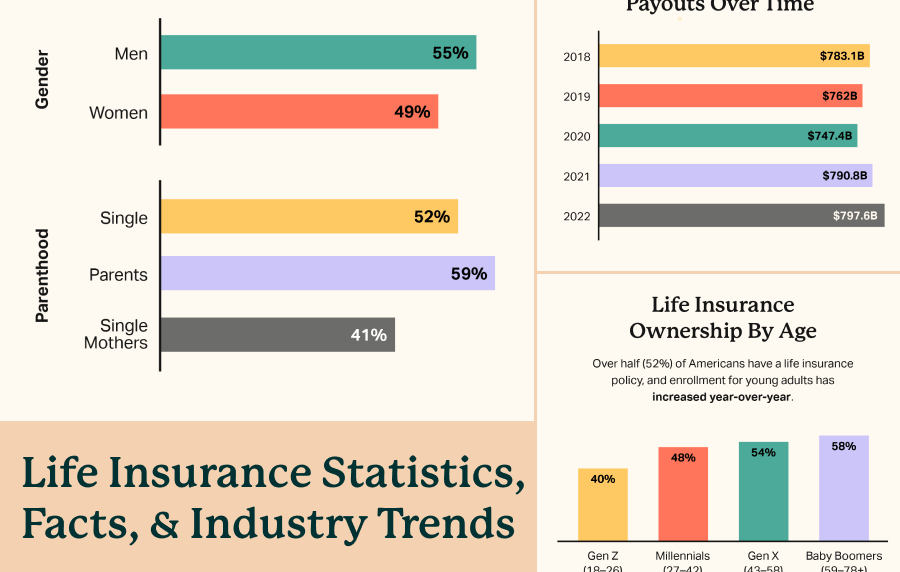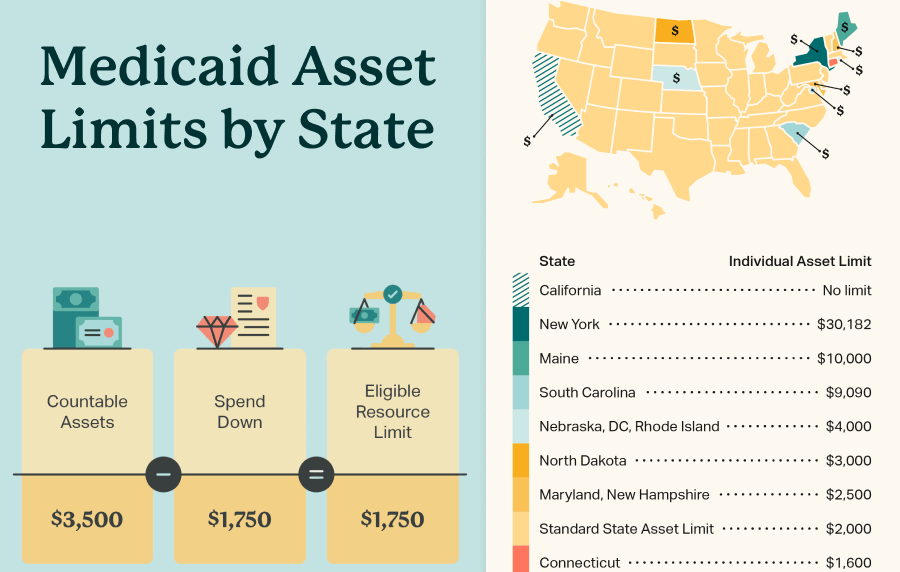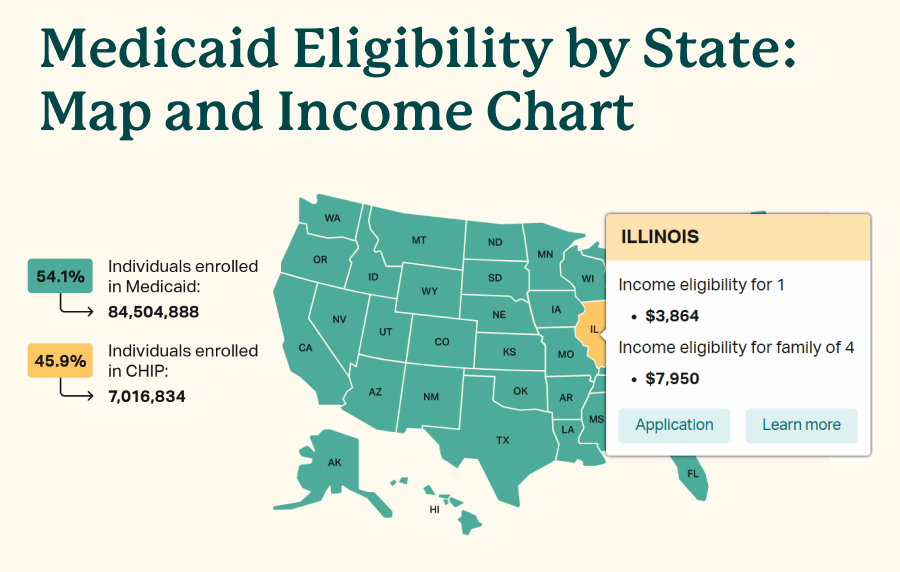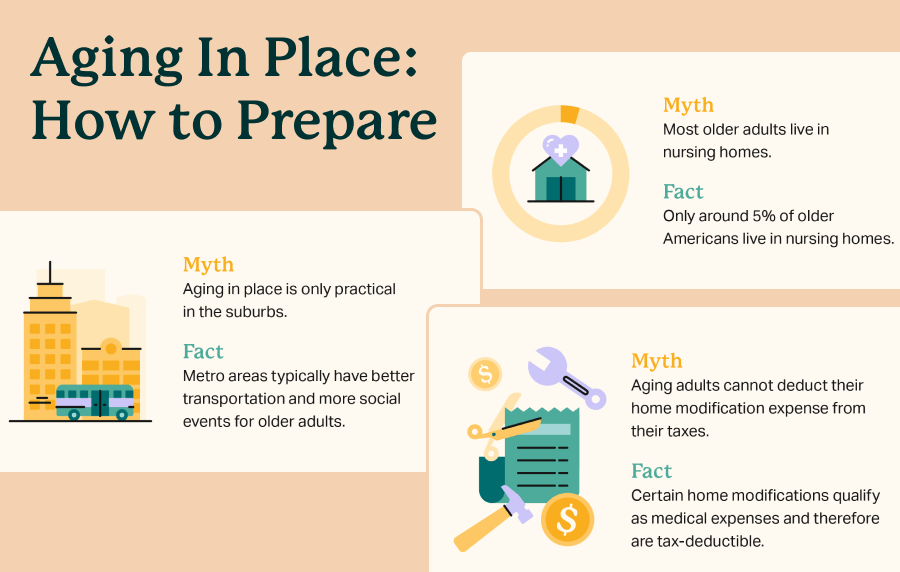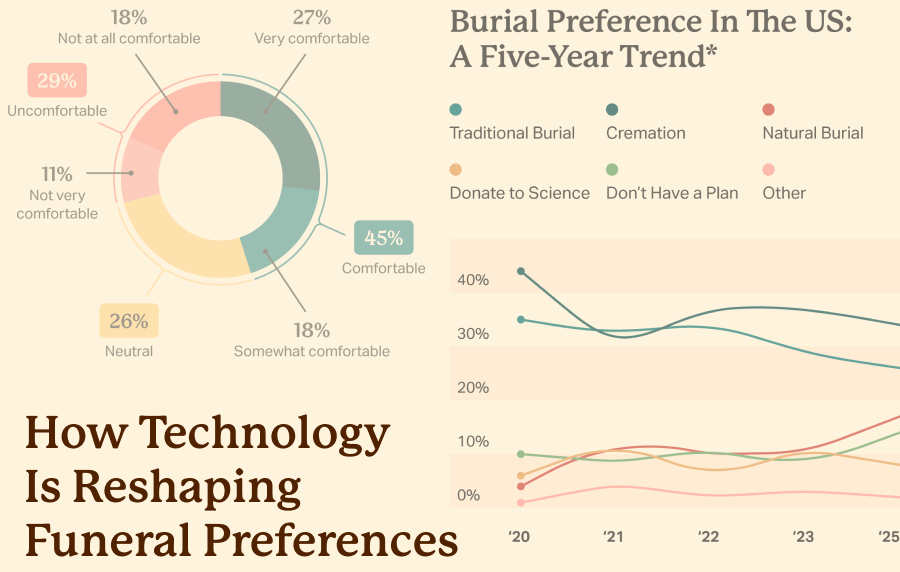Survey Results
Key Findings
Pennsylvania and Massachusetts were emotional standouts.
Independence Hall topped the list, and Valley Forge, Brandywine, and Lexington Battle Green weren’t far behind. It’s clear that the Revolutionary core still holds symbolic weight, especially in states where founding documents, battlefield scars, and lantern signals remain alive.
Westward expansion featured highly.
Monuments like the Colorado State Capitol and Alaska’s Statehood Monument might not appear on your average history class map, but they ranked high.
There’s something appealing about the frontier as a place of final rest: expansive, untamed, and full of unfinished business.
California showed complexity.
Respondents gravitated toward both El Pueblo de Los Ángeles and Manzanar. One is festive and cultural, the other somber and reflective.
Together, they represent California’s contradictions—and America’s. The history here isn’t just golden dreams; it’s also hard truths.
More than a few surprises made the list.
Places like Little Rock Central High School, the Nathan Hale Homestead, and the Moffatt-Ladd House weren’t expected to be top picks – but they made the cut.
These locations seem to resonate with people who are drawn to the lesser-known, deeply human chapters of U.S. history.
Multiple state capitols made a quiet bid for immortality.
From Helena to Hartford, many state capitols appeared in the results.
Perhaps it’s the domes, perhaps it’s the symbolism, but there’s something about those marble steps that feels dignified—and timeless.
Colorado’s “Centennial State” connection especially seemed to strike a chord.
Final Thoughts
What our survey ultimately reveals is that memory is a kind of geography.
The places we’d want to be remembered aren’t necessarily where the biggest crowds gather but where the stories still echo.
From old forts to quiet state parks, the results suggest people are looking for resting places that reflect not just where America began but what it still strives to become.
Methodology
Online panel survey of 3,016 respondents based on age, gender, and geography. Internal data sources are used to obtain population data sets. We employed a two-step process to ensure representativeness, utilizing stratified sampling and post-stratification weighting.
Respondents are carefully selected from a geographically representative online panel of double-opt-in members. This selection is further tailored to meet the precise criteria required for each unique survey. Throughout the survey, we designed questions to carefully screen and authenticate respondents, ensuring the study aligns with the ideal participants.
To ensure the integrity of our data collection, we employ an array of data quality methods. Alongside conventional measures such as digital fingerprinting, bot checks, geo-verification, and speeding detection, each response undergoes a thorough review by a dedicated team member to ensure quality and contextual accuracy. Our commitment extends to open-ended responses, subjecting them to scrutiny for gibberish answers and plagiarism detection.
- Nationally licensed life insurance agent with over 15 years of experience
- Personal annual production that puts him in the top .001% out of all life insurance agents in the nation.
Anthony Martin is a nationally licensed insurance expert with over 15 years of experience and has personally served over 10,000 clients with their life insurance needs. He frequently authors entrepreneurial and life insurance content for Forbes, Inc.com, Newsweek, Kiplinger, and Entreprenuer.com. Anthony has been consulted as an expert life insurance source for dozens of high-profile websites such as Forbes, Bankrate, Reuters, Fox Business, CNBC, Investopedia, Insurance.com, Yahoo Finance, and many more.

